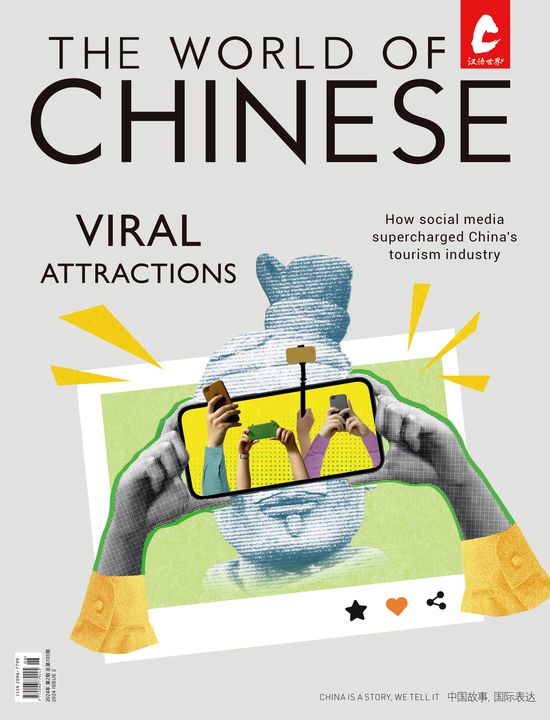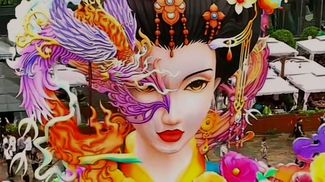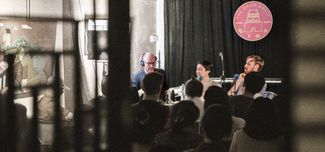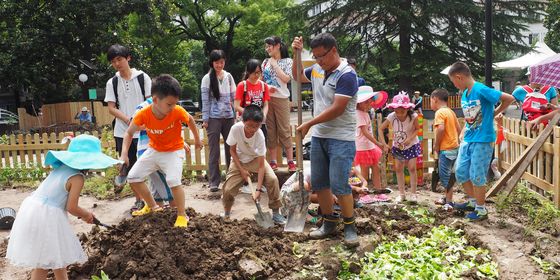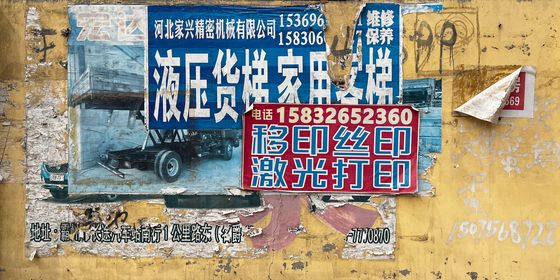How one married couple made a museum out of scavenged belongings, honoring the stories of China’s migrant workers
In Xingangxi, a subdivision of Haizhu district in the city of Guangzhou, lies a stretch of pink one-story houses split by three narrow alleys; its rent is cheaper than those of the surrounding tall buildings. This is Yile (怡乐社区 Yílè shèqū), the “Happy” community. Visitors to the compound find themselves drawn to one particular bungalow, whose blue-green walls are covered with over 2,100 “mosaics.” Each of these mosaics is, in fact, discarded door plates. Fanyang Lane No. 11, Xiancun village, Linhe Jishanli…these names belong to the many urban villages in Guangzhou that have been renovated or demolished. The bungalow itself houses a rather unique museum, managed by married couple Chen Zhou and Zhang Xiaojing. Sixteen years ago, husband and wife began to explore Guangzhou’s vanishing maze of urban villages and lanes, which were once inhabited by migrant workers. Chen and Zhang have since amassed a vast collection of memorabilia: hundreds of house keys, family photos, labor vouchers (prevalent during the Mao era), award certificates, diaries, and more.
But despite Yile’s “happy” name, the items showcased in this museum hold the sad, poignant stories of countless urban villagers.
